Page 121 of 183
Towing a trailer
120
•
Contact a specialist garage if you encounter any problems using the device.
•
Never unlock the ball head with a trailer coupled to it.
•
You should take off the ball head if yo u drive without towing a trailer. Inspect
whether the end cover properly seals off the mounting shaft.
•
Remove the ball head beforehand if you wish to clean your vehicle using a steam
jet. Ensure that the end cover properly seals the mounting shaft.
•
It is recommended to wear gloves when installing and removing.
s2lk.2.book Page 120 Monday, April 18, 2011 7:41 AM
Page 122 of 183

Taking care of your vehicle and cleaning the vehicle121
Using the system
Safety
Driving Tips
General Maintenance
Breakdown assistance
Technical Data
General MaintenanceTaking care of your vehicle and cleaning the vehicleGeneralProper care retains the value of your vehicle.Regular and proper care retains the value of your vehicle. It may also be one of the
requirements for the acceptance of warran ty claims relating to corrosion damage
and paint defects on the bodywork.
We recommend using a preservative from Škoda genuine accessories offered by
your Škoda dealer. Please follow the instructions for use on the package.
WARNING
•
Care products may be harmful to your health if not used according to the
instructions.
•
Always store care products in a safe plac e, out of the reach of children - risk
of poisoning!For the sake of the environment
•
Always select environmentally-friendly products when purchasing vehicle care
products.
•
Do not dispose of the packages with residues of care products in domestic
waste.
Care of the exterior of vehicleWashing the vehicle
Frequent washing protects your vehicle.The best protection for your vehicle against harmful environmental influences is
frequent washing and wax treatment. How of ten you should wash your vehicle
depends on a wide range of factors, such as:•
Frequency of use,
•
The parking situation (gar age, below trees etc.),
•
Season of the year,
•
Weather conditions,
•
Environmental influences.
The longer insect residues, bird droppings, tree sap, road and industrial dust, tar,
soot particles, road salt and other aggressive deposits remain adhering to the paint-
work of your vehicle, the more detrimen tal their destructive effect can be. High
temperatures, such as those caused by inte nsive sun's rays, accentuate this caustic
effect.
It may therefore be necessary, in certain circumstances, to wash the car once a
week . It may also be sufficient, however, to wash the car once a month followed by
appropriate wax treatment.
It is essential to also thoroughly wash the underside of your vehicle at the end of
the winter road salting and gritting period.
WARNING
When washing your vehicle in the winter: Water and ice in the brake system can
affect the braking efficiency - risk of accident!Automatic vehicle wash systemsThe paintwork of the vehicle is sufficiently resistant that the vehicle can be washed
normally in automatic vehicle wash plants without any problem. The actual stress
to which the paintwork is subjected, however, depends greatly on the design of the
vehicle wash system, the filtering of the water and the type of washing and care
products used. If the paintwork of your vehicle appears mat after being washed or
even has scratches, point this out to the operator of the vehicle wash plant. Use a
different vehicle wash plant, if necessary.
There are no particular points to note before washing your vehicle in an automatic
vehicle wash system other than the usua l precautionary measures (closing the
windows and the sliding/tilting roof etc.).
s2lk.2.book Page 121 Monday, April 18, 2011 7:41 AM
Page 123 of 183
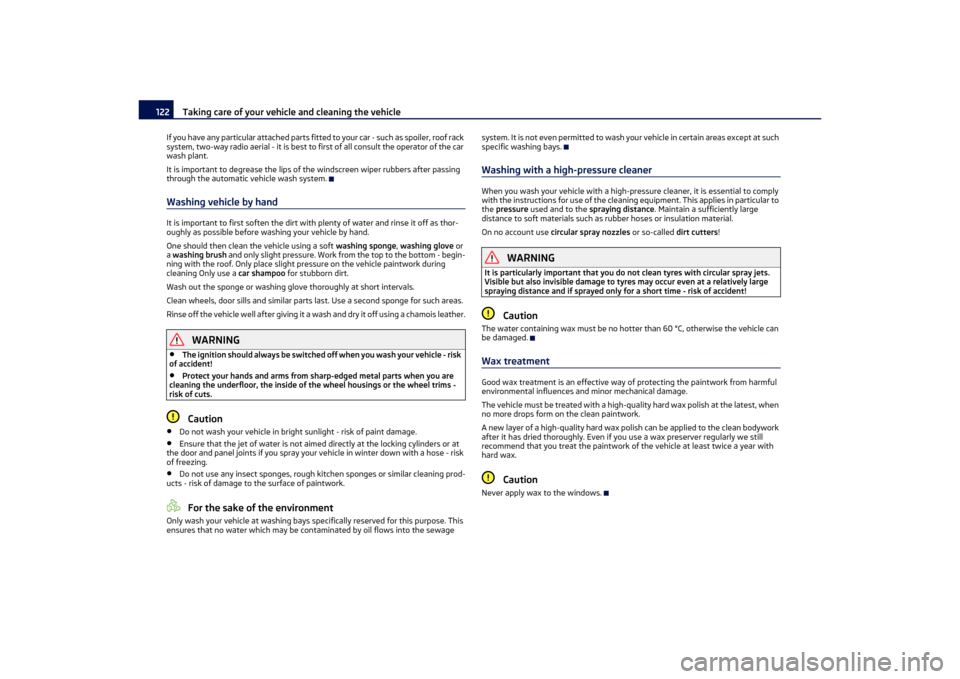
Taking care of your vehicle and cleaning the vehicle
122
I f y o u h a v e a n y p a r t i c u l a r a t t a c h e d p a r t s f i t t e d t o y o u r c a r - s u c h a s s p o i l e r , r o o f r a c k
system, two-way radio aerial - it is best to first of all consult the operator of the car
wash plant.
It is important to degrease the lips of the windscreen wiper rubbers after passing
through the automatic vehicle wash system.Washing vehicle by handIt is important to first soften the dirt with plenty of water and rinse it off as thor-
oughly as possible before washing your vehicle by hand.
One should then clean the vehicle using a soft washing sponge, washing glove or
a washing brush and only slight pressure. Work from the top to the bottom - begin-
ning with the roof. Only place slight pr essure on the vehicle paintwork during
cleaning Only use a car shampoo for stubborn dirt.
Wash out the sponge or washing gl ove thoroughly at short intervals.
Clean wheels, door sills and similar parts last. Use a second sponge for such areas.
Rinse off the vehicle well after giving it a wash and dry it off using a chamois leather.
WARNING
•
The ignition should always be switched off when you wash your vehicle - risk
of accident!
•
Protect your hands and arms from sharp-edged metal parts when you are
cleaning the underfloor, the inside of the wheel housings or the wheel trims -
risk of cuts.Caution
•
Do not wash your vehicle in bright sunlight - risk of paint damage.
•
Ensure that the jet of water is not aimed directly at the locking cylinders or at
the door and panel joints if you spray your vehicle in winter down with a hose - risk
of freezing.
•
Do not use any insect sponges, rough ki tchen sponges or similar cleaning prod-
ucts - risk of damage to the surface of paintwork.For the sake of the environment
Only wash your vehicle at washing bays specifically reserved for this purpose. This
ensures that no water which may be cont aminated by oil flows into the sewage system. It is not even permitted to wash your vehicle in certain areas except at such
specific washing bays.
Washing with a high-pressure cleanerWhen you wash your vehicle with a high-pressure cleaner, it is essential to comply
with the instructions for use of the cleaning equipment. This applies in particular to
the pressure used and to the
spraying distance. Maintain a sufficiently large
distance to soft materials such as rubber hoses or insulation material.
On no account use circular spray nozzles or so-called dirt cutters!
WARNING
It is particularly important that you do not clean tyres with circular spray jets.
Visible but also invisible damage to tyres may occur even at a relatively large
spraying distance and if sprayed only for a short time - risk of accident!
Caution
The water containing wax must be no hotter than 60 °C, otherwise the vehicle can
be damaged.Wax treatmentGood wax treatment is an effective way of protecting the paintwork from harmful
environmental influences and minor mechanical damage.
The vehicle must be treated with a high-qua lity hard wax polish at the latest, when
no more drops form on the clean paintwork.
A new layer of a high-quality hard wax polish can be applied to the clean bodywork
after it has dried thoroughly. Even if you use a wax preserver regularly we still
recommend that you treat the paintwork of the vehicle at least twice a year with
hard wax.
Caution
Never apply wax to the windows.
s2lk.2.book Page 122 Monday, April 18, 2011 7:41 AM
Page 124 of 183

Taking care of your vehicle and cleaning the vehicle123
Using the system
Safety
Driving Tips
General Maintenance
Breakdown assistance
Technical Data
PolishingPolishing is only necessary if the paintwork of your vehicle has become unattractive
and if it is no longer possible to achieve a gloss with wax preservers.
You must treat the paintwork with a wax preserver if the polish you use does not
contain any preserving elements page 122.
We recommend using a preservative from Škoda genuine accessories offered by
your Škoda dealer.
Caution
•
You must not treat mat painted parts or plastic with polishing products or hard
wax.
•
Do not polish the paintwork of the vehicle in a dusty environment, otherwise the
paintwork can be scratched.
Chrome partsFirst clean the chrome parts with a damp cloth and then polish them with a soft, dry
cloth. If it does not prove to be adequate, use a chrome care product from Škoda
original accessories.
Caution
Do not polish the chrome parts in a du sty environment, otherwise they can be
scratched.Paint damageS li g ht da m a g e t o p a in tw o rk s uc h a s s c ra tc h e s, sc uf f s o r tra c e s o f c hi p da m a ge m ust
be touched up immediately with paint (Škoda painting pen) before any corrosion
can result. You can of course have this work carried out by authorised Škoda Service
Partners.
The authorised Škoda Service Partners have a range of matching touch-up pens or
spray cans available in the colour of your vehicle.
The paint number of the original paintwork of your vehicle is indicated on the
vehicle data sticker page 165.
Any corrosion which has already have formed must be removed thoroughly. Apply a
corrosion protection primer and then the paint to the affected point. You can of
course have this work carried out by authorised Škoda Service Partners.
Plastic partsExternal plastic parts are cleaned by norm al washing. Plastic parts and synthetic
leather can also be treated with special solvent-free plastic cleaning agents if a
damp cloth is not sufficient. Paint care products are not suitable for plastic parts.
Caution
Solvent-free cleaners attack the material and can damage it.WindowsOnly use a plastic ice scraper for removi ng snow and ice from the windows and
mirrors. You should not move the ice scraper forward and backward but in one direc-
tion on the window which yo u are cleaning in order to avoid any damage to the
surface of the glass.
You can best remove residues of rubber, oil, grease, wax or silicone by using a
special window cleaner or a special silicone remover.
You should also clean the windows regularly from the inside.
Do not use window leathers which you have used to polish the vehicle body to dry
off the windows. Residues of preservatives in the window leather can dirty the
window and reduce visibility.
Do not affix any stickers over the inside of the rear window to avoid damage to the
heating elements of the rear window heater.
We recommend using a preservative from Škoda genuine accessories offered by
your Škoda dealer.
Caution
Never remove snow or ice from the glass parts with warm or hot water - risk of
formation of cracks in the glass!The headlight lensesPlease do not use any aggressive cleaning or chemical solvent products for cleaning
the front headlights - risk of damage to the plastic lenses. Please use soap and
clean warm water.
s2lk.2.book Page 123 Monday, April 18, 2011 7:41 AM
Page 125 of 183

Taking care of your vehicle and cleaning the vehicle
124Caution
Never wipe the headlights dry and do not use any sharp objects for cleaning the
plastic lenses, this may result in damage to the protective paintwork and conse-
quently in formation of cracks on the head light lenses, e.g. through effect of chem-
ical products.Door and window sealsThe rubber seals on the doors, boot lid, bonnet and windows remain supple and last
longer if you treat them from time to ti me with a rubber care product (e.g. with a
spray with silicone-free oil). You also avoi d premature wear of the seals and prevent
leakages in this way. It is also easier to open the doors. Rubber seals which are well
cared for also do not stick together in cold winter weather.Locking cylinderWe recommend that you use the spray from Škoda original accessories with
regreasing and anticorrosive effect for de-icing locking cylinders.
Note
When washing your vehicle, ensure that as little water as possible gets into the
locking cylinders.WheelsSteel wheels
You should also thoroughly wash the wheels and wheel trims when giving your
vehicle its regular wash. This prevents any brake dust, dirt and road salt from
sticking to the wheel hubs. You can remove stubborn brake abrasion adhering to
the wheels with an industrial cleaner. Touch up any damage to the paintwork on the
wheels before rust is able to form.
Light alloy wheels
Regular care of light alloy wheels is nece ssary in order to retain their decorative
appearance over long periods. It is part icularly important to remove regularly any
road salt and brake abrasion from light alloy wheels, otherwise the light metal will
suffer. Wash thoroughly and then treat the wheels with a protective product for
light alloy wheels which does not contai n any acidic components. We recommend
to apply a hard wax layer onto the wheel hubs every three months. You must not use any products which cause abrasion when treating the wheel hubs. Any damage
to the paint layer on the wheel hubs must be touched up immediately.
We recommend using a preservative from
Škoda genuine accessories offered by
your Škoda dealer.
WARNING
One should remember when cleaning the wh eels that moisture, ice and road salt
may adversely affect braking efficiency - risk of an accident!
Note
Severe layers of dirt on the wheels can also result in wheel imbalance. This may
show itself in the form of a wheel vibrat ion which is transmitted to the steering
wheel which, in certain circumstances, can cause premature wear of the steering.
This means it is necessary to remove the dirt.Underbody protectionThe underside of your vehicle is protected for life against chemical and mechanical
influences.
One cannot, however, completely rule out damage to the protective layer when
driving so we recommend that you inspect the protective layer on the underside of
your vehicle and on the chassi s at certain intervals - this is best done at the begin-
ning and end of the winter - and to touch up any damaged areas.
The authorised Škoda Service Partners have suitable spray products available as
well as the necessary equipment and are famili ar with the instructions for use. It is
therefore best to have such touch-up work or additional corrosion protection meas-
ures carried out by an authorised Škoda Service Partner.
WARNING
Never use additional underbody protection or corrosion-protection agents for
the exhaust pipes, catalytic converters or heat shields. When the engine reaches
its operating temperature, these subst ances might ignite - risk of fire!Protection of hollow spacesAll the cavities of your vehicle which are at risk from corrosion are protected for life
by a layer of protective wax applied in the factory.
s2lk.2.book Page 124 Monday, April 18, 2011 7:41 AM
Page 126 of 183

Taking care of your vehicle and cleaning the vehicle125
Using the system
Safety
Driving Tips
General Maintenance
Breakdown assistance
Technical Data
This wax protection does not require to be
inspected or re-treated. Please remove
any small amount of wax which flows out of the cavities at high temperatures with
a plastic scraper and clean the spot using petroleum cleaner.
WARNING
Safety and environmental protection regulations should observed when using
petroleum cleaner to remove wax - a risk of fire!Engine compartmentGood corrosion protection is very importan t, particularly in winter when one often
drives over its salt-strewn roads. One should therefore clean the whole engine
compartment before and after the salt spre ading period and treat with preservative
in order to prevent the salt from being destructive.
The authorised Škoda Service Partners have the cleaning agents and preservatives
recommended by Škoda and also the required equipment.
WARNING
•
It is necessary to observe the guidelin es given in the chapter before working
on the engine compartment page 131, “Working in the engine compartment”.
•
Let the engine cool down before cleaning the engine compartment.Caution
•
Engine cleaning may be only be un dertaken when the ignition is off.
•
It is recommended to cover the generator before washing the engine compart-
ment.For the sake of the environment
The dirty water produced by washing the engine has washed away petrol, and resi-
dues of grease and oil and should therefore be cleaned by an oil separator. This is
why engine washing should only be undertaken in a specialist garage or at a fuelling
station (when these are fitted with the required equipment).
Care of the interior of vehiclePlastic parts, artificial leather and clothsYou can clean plastic parts and artificial le ather with a moist cloth. You should only
treat such parts with special solvent-free plastic cleaning and care products it does
prove to be adequate.
Upholstery cloth and cloth trim on the d oors, luggage compartment cover, headliner
etc. are best treated with special cleaning products, using if necessary a dry foam
and a soft sponge or brush.
We recommend using a cleaning product from Škoda genuine accessories offered
by your Škoda dealer.
Caution
Solvent-free cleaners attack the material and can damage it.Fabric covers of electrically heated seatsDo not clean the seat covers moist as this may re sult in damage to the seat heating
system.
Clean such covers using special agents, for example dry foam.Natural leather
Natural leather requires quite particular care and attention.Leather should be treated from time to time according the following guidelines
depending on how much it is used.Normal cleaning– Clean soiled areas of the leather with slightly moistened cotton or woollen cloth.Severe soiling– Clean severely soiled areas with a cloth dipped in a mild soapy solution (2 spoon-
fuls of natural soap to 1 litre of water).
– Ensure that the leather is not soaked through at any point and that no water
gets into the stitching of the seams.
s2lk.2.book Page 125 Monday, April 18, 2011 7:41 AM
Page 127 of 183
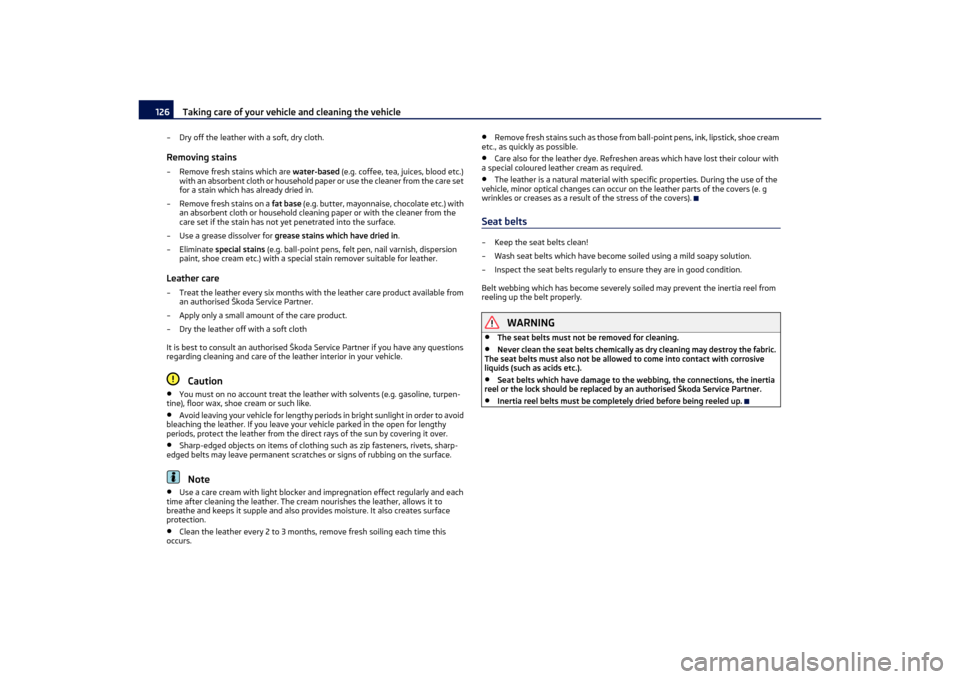
Taking care of your vehicle and cleaning the vehicle
126
– Dry off the leather with a soft, dry cloth.Removing stains– Remove fresh stains which are water-based (e.g. coffee, tea, juices, blood etc.)
with an absorbent cloth or household paper or use the cleaner from the care set
for a stain which has already dried in.
– Remove fresh stains on a fat base (e.g. butter, mayonnaise, chocolate etc.) with
an absorbent cloth or household cleaning paper or with the cleaner from the
care set if the stain has not ye t penetrated into the surface.
– Use a grease dissolver for grease stains which have dried in .
–Eliminate special stains (e.g. ball-point pens, felt pen, nail varnish, dispersion
paint, shoe cream etc.) with a specia l stain remover suitable for leather.Leather care– Treat the leather every six months with the leather care product available from
an authorised Škoda Service Partner.
– Apply only a smal l amount of the care product.
– Dry the leather off with a soft cloth
It is best to consult an authorised Škod a Service Partner if you have any questions
regarding cleaning and care of the leather interior in your vehicle.
Caution
•
You must on no account treat the leather with solvents (e.g. gasoline, turpen-
tine), floor wax, shoe cream or such like.
•
Avoid leaving your vehicle for lengthy period s in bright sunlight in order to avoid
bleaching the leather. If you leave your vehicle parked in the open for lengthy
periods, protect the leather from the direct rays of the sun by covering it over.
•
Sharp-edged objects on items of clothing such as zip fasteners, rivets, sharp-
edged belts may leave permanent scratches or signs of rubbing on the surface.Note
•
Use a care cream with light blocker and impregnation effect regularly and each
time after cleaning the leather. The cream nourishes the leather, allows it to
breathe and keeps it supple and also provides moisture. It also creates surface
protection.
•
Clean the leather every 2 to 3 months, remove fresh soiling each time this
occurs.
•
Remove fresh stains such as those from ba ll-point pens, ink, lipstick, shoe cream
etc., as quickly as possible.
•
Care also for the leather dye. Refreshen areas which have lost their colour with
a special coloured leather cream as required.
•
The leather is a natural material with sp ecific properties. During the use of the
vehicle, minor optical changes can occur on the leather parts of the covers (e. g
wrinkles or creases as a result of the stress of the covers).
Seat belts– Keep the seat belts clean!
– Wash seat belts which have become soiled using a mild soapy solution.
– Inspect the seat belts regularly to ensure they are in good condition.
Belt webbing which has become severely soiled may prevent the inertia reel from
reeling up the belt properly.
WARNING
•
The seat belts must not be removed for cleaning.
•
Never clean the seat belts chemically as dry cleaning may destroy the fabric.
The seat belts must also not be allowed to come into contact with corrosive
liquids (such as acids etc.).
•
Seat belts which have damage to the webbing, the connections, the inertia
reel or the lock should be replaced by an authorised Škoda Service Partner.
•
Inertia reel belts must be completely dried before being reeled up.
s2lk.2.book Page 126 Monday, April 18, 2011 7:41 AM
Page 128 of 183

Fuel127
Using the system
Safety
Driving Tips
General Maintenance
Breakdown assistance
Technical Data
FuelPetrolGrades of petrolYour vehicle can only be operated with unleaded petrol, which complies with the
standard EN 228. The individual grades of petrol are distinguished by their octane
number (RON). On the inside of the fuel filler flap, you will find the information
regarding the octane number required by your engine page 128, fig. 119 - right.
Prescribed types of fuel - unleaded petrol RON 95/91
Use unleaded petrol 95 RON. You can also use unleaded RON 91. However some loss
of power is to be expected when doing so.
If, in an emergency, the only fuel available is one which has a lower octane number
than that required by the engine then only drive at medium engine speeds and
minimal engine load. Driving at high engine speeds or heavy engine loads can lead
to serious engine damage! Refuel with petrol with the specified octane number as
often as possible.
Prescribed fuel - unleaded petrol min. 95 RON
Use unleaded petrol 95 RON.
If unleaded RON 95 is not available, you can refuel with unleaded RON 91 in an
emergency. After refuelling, continue driving at medium engine speeds and
minimum engine load. Driving at high engi ne speeds or heavy engine loads can lead
to serious engine damage! Refuel with petrol with the specified octane number as
often as possible.
Fuel with a lower octane number than RON 91 must not be used even in an emer-
gency. Otherwise you can cause serious engine damage!
You can find further information on refuelling page 128, “Refuelling”.
Prescribed types of fuel - unleaded petrol RON 98/(95)
Use unleaded petrol 98 RON. You can also use unleaded RON 95. However some
loss of power is to be expected when doing so.
If unleaded RON 98 or RON 95 is not available, you can refuel with unleaded RON 91
in an emergency. After refuelling, continue driving at medium engine speeds and
minimum engine load. Driving at high engi ne speeds or heavy engine loads can lead
to serious engine damage! Refuel with petrol with the specified octane number as
often as possible. Fuel with a lower octane number than RON
91 must not be used even in an emer-
gency. Otherwise you can cause serious engine damage!
You can find further information on refuelling page 128, “Refuelling”.
Unleaded petrol with a higher octane number
You can use unleaded petrol which has a higher octane number than the one
prescribed without restriction.
On vehicles with prescrib ed unleaded petrol RON 95/91, the use of petrol with a
higher octane number than 95 does not result in a noticeable power increase or a
lower fuel consumption.
On vehicles with prescrib ed unleaded petrol RON 95/91, the use of petrol with a
higher octane number than 95 does not result in a noticeable power increase or a
lower fuel consumption.
Caution
•
All Škoda vehicles with petrol engines are equipped with a catalytic converter
and must be only driven with unleaded petr ol. Filling the tank even only once with
leaded petrol will result in the catalytic converter being destroyed!
•
Only use unleaded petrol which complies with the standard EN 228.
•
Operating the engine with petrol of a lo wer octane number than that prescribed
can result in serious engine damage.
DieselDiesel fuelYour vehicle can only be operated with diesel fuel, which complies with the
standard EN 590 (standard DIN 51628 in Germany, standard ÖNORM C 1590 in
Austria).
Fuel additives
You must not use fuel additives, so-called “flow improvers” (petrol and similar prod-
ucts) in diesel fuel.
You can find information on refuelling page 128, “Refuelling”.
s2lk.2.book Page 127 Monday, April 18, 2011 7:41 AM
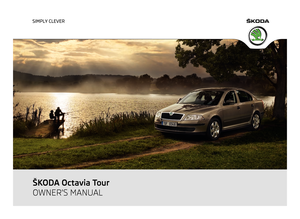 1
1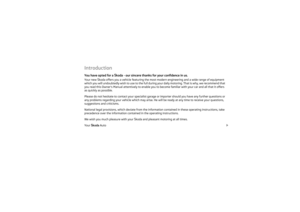 2
2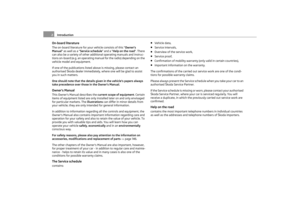 3
3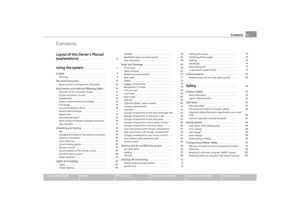 4
4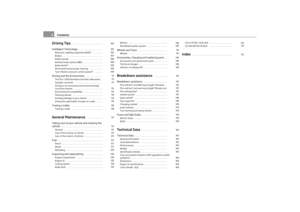 5
5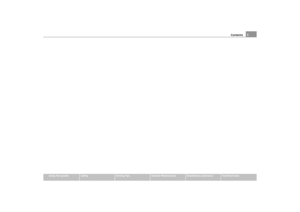 6
6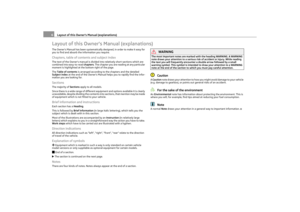 7
7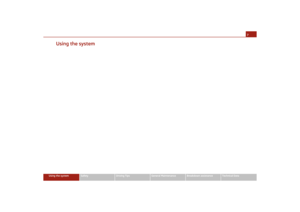 8
8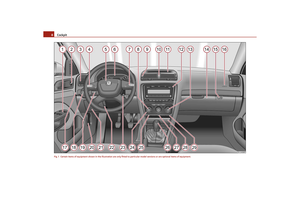 9
9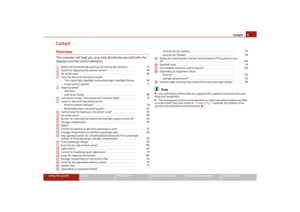 10
10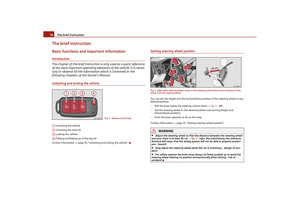 11
11 12
12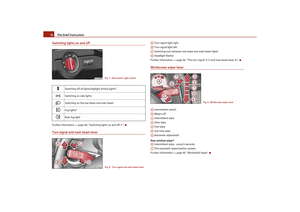 13
13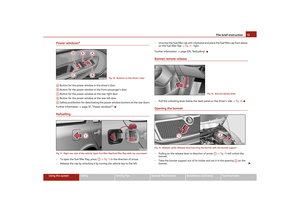 14
14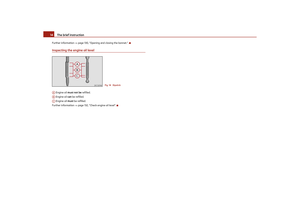 15
15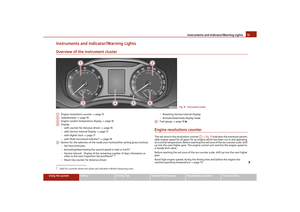 16
16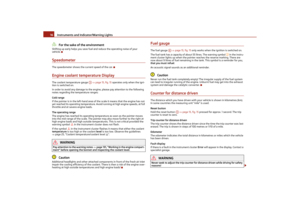 17
17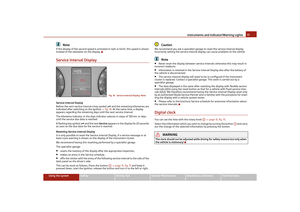 18
18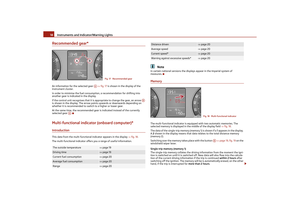 19
19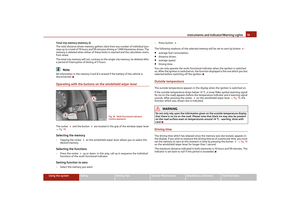 20
20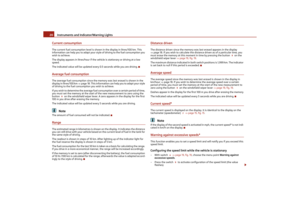 21
21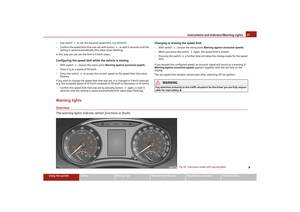 22
22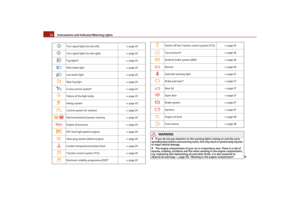 23
23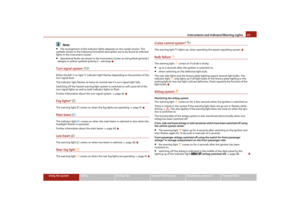 24
24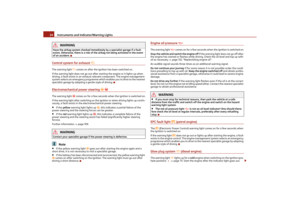 25
25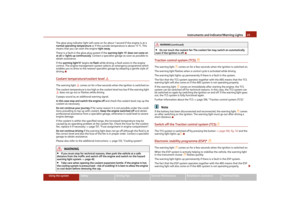 26
26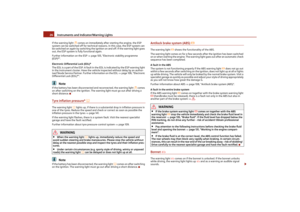 27
27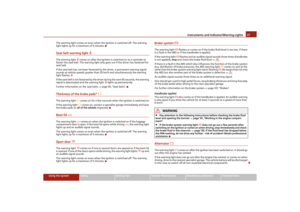 28
28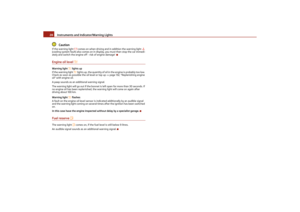 29
29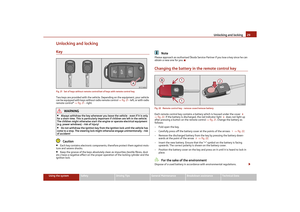 30
30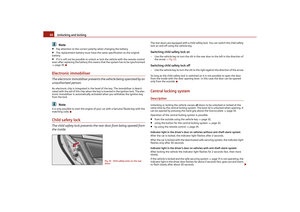 31
31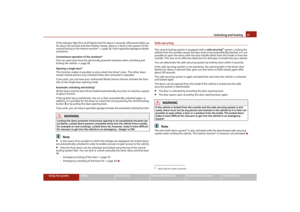 32
32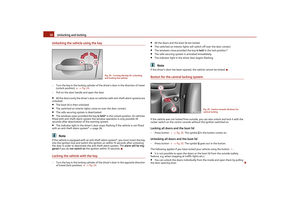 33
33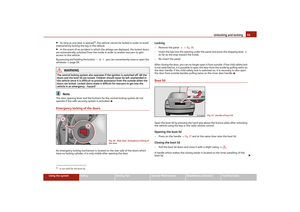 34
34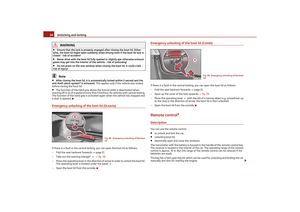 35
35 36
36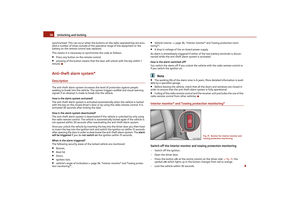 37
37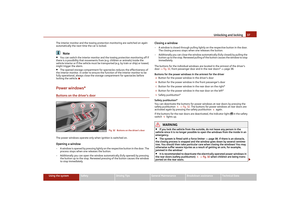 38
38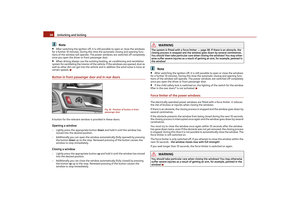 39
39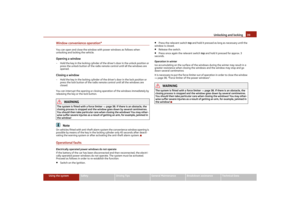 40
40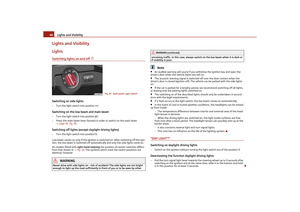 41
41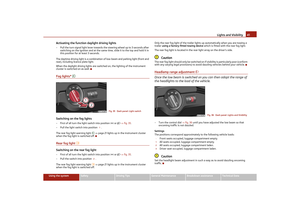 42
42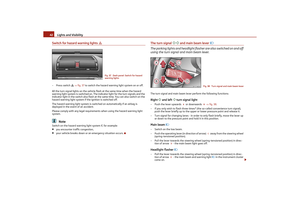 43
43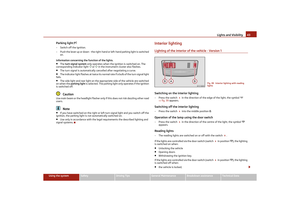 44
44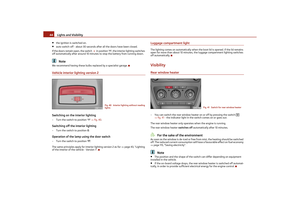 45
45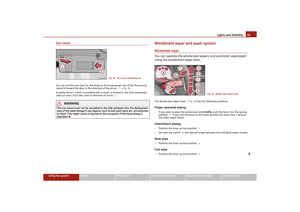 46
46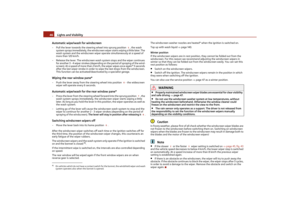 47
47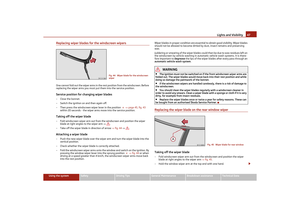 48
48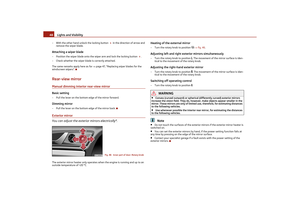 49
49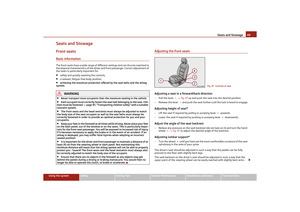 50
50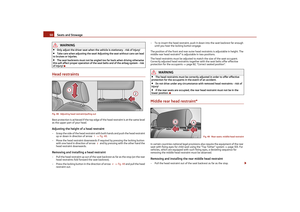 51
51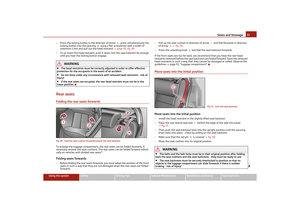 52
52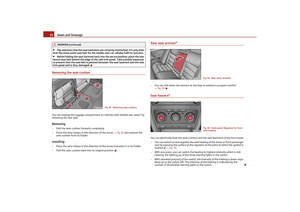 53
53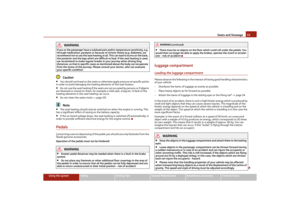 54
54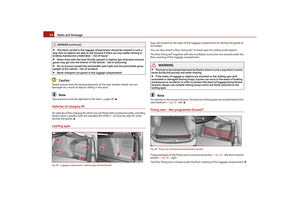 55
55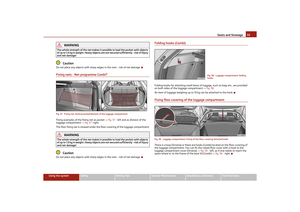 56
56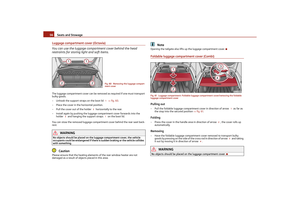 57
57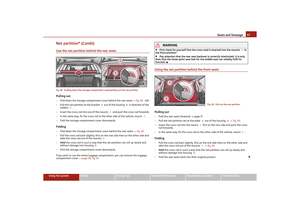 58
58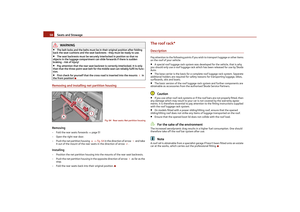 59
59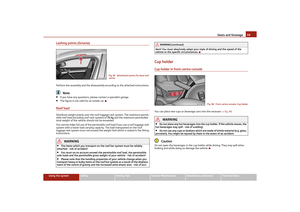 60
60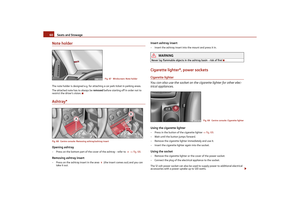 61
61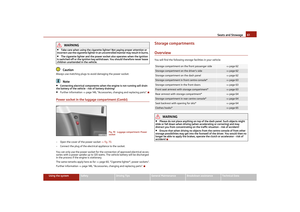 62
62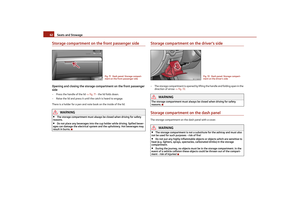 63
63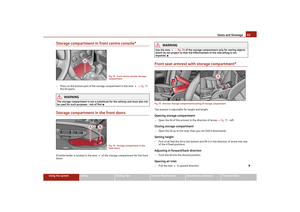 64
64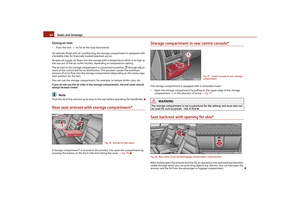 65
65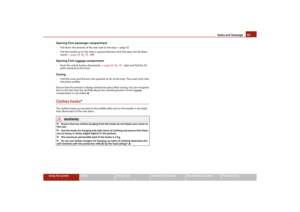 66
66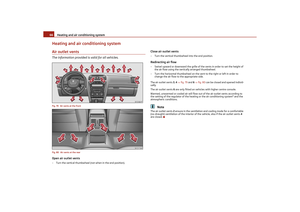 67
67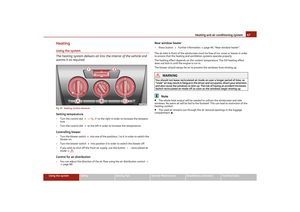 68
68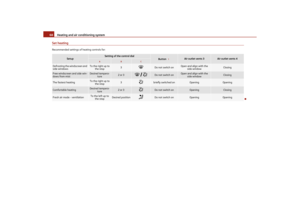 69
69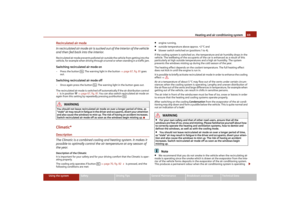 70
70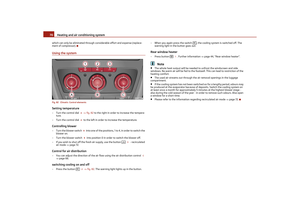 71
71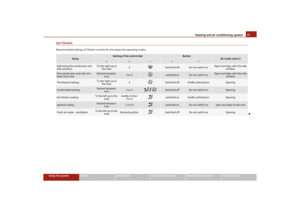 72
72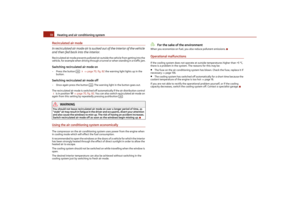 73
73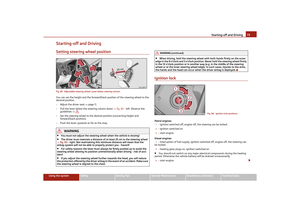 74
74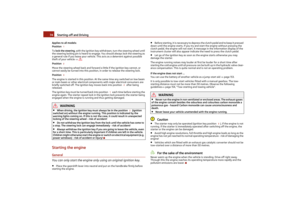 75
75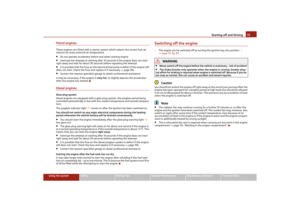 76
76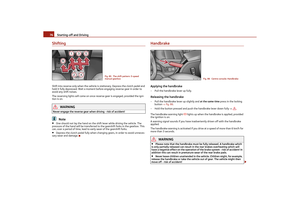 77
77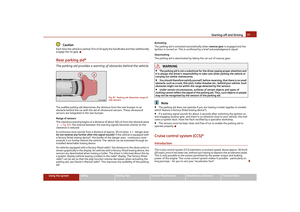 78
78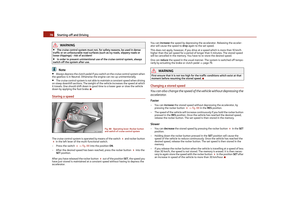 79
79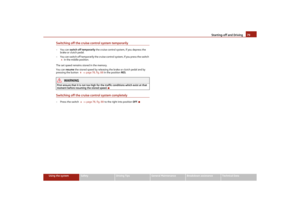 80
80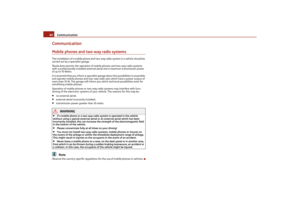 81
81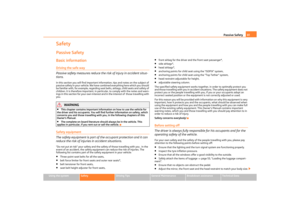 82
82 83
83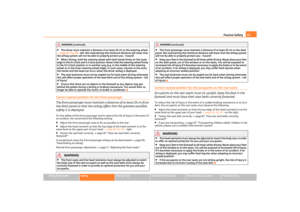 84
84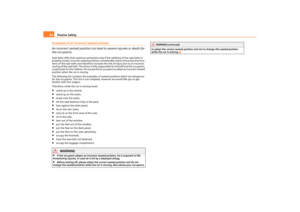 85
85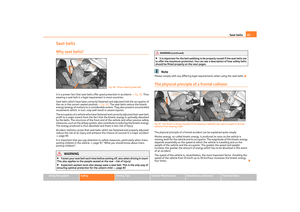 86
86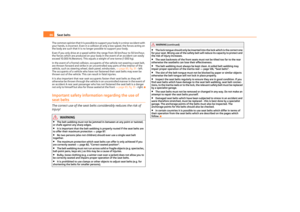 87
87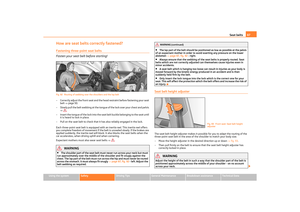 88
88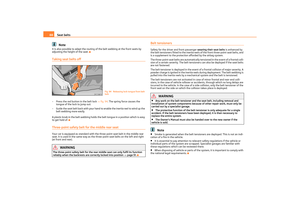 89
89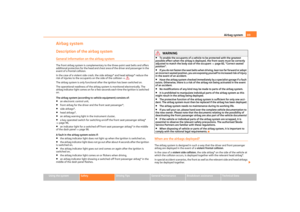 90
90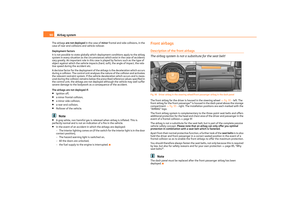 91
91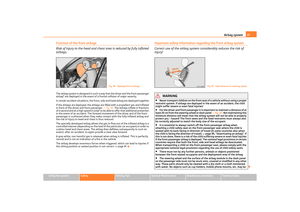 92
92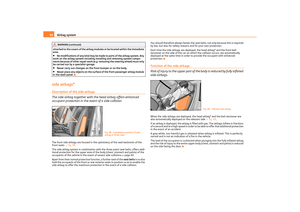 93
93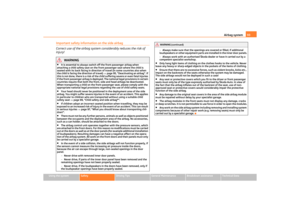 94
94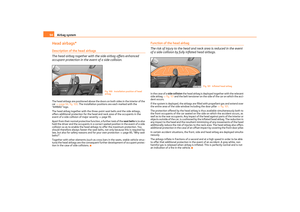 95
95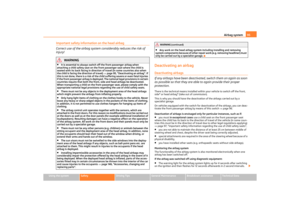 96
96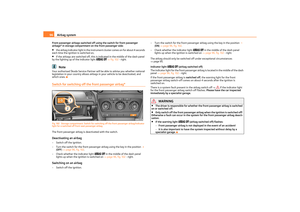 97
97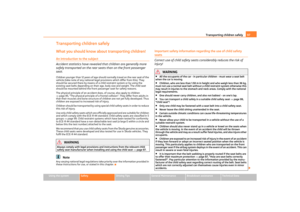 98
98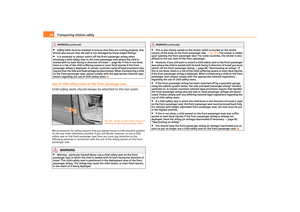 99
99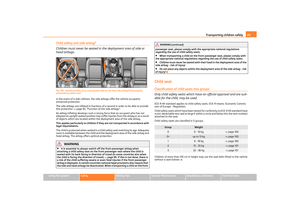 100
100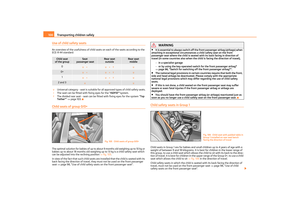 101
101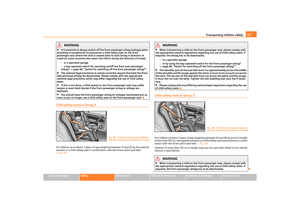 102
102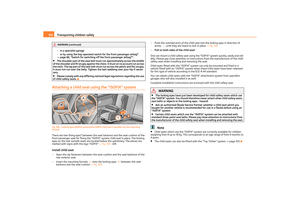 103
103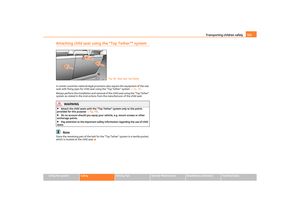 104
104 105
105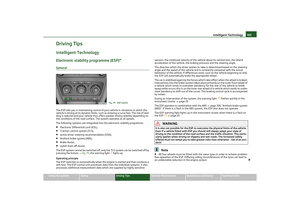 106
106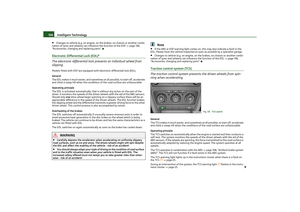 107
107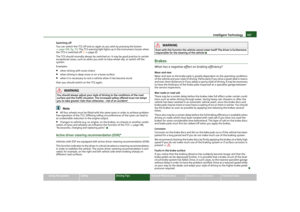 108
108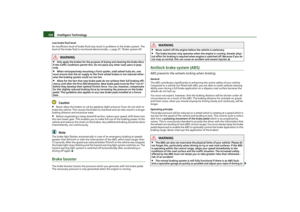 109
109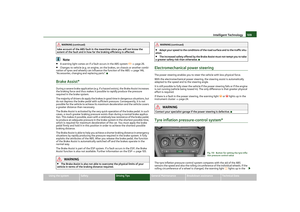 110
110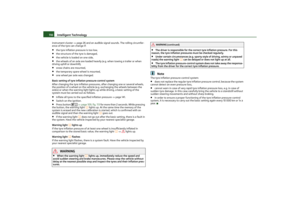 111
111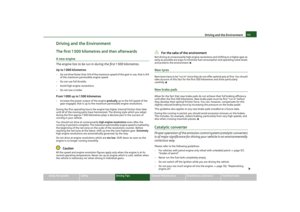 112
112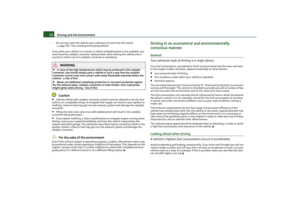 113
113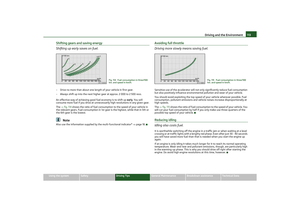 114
114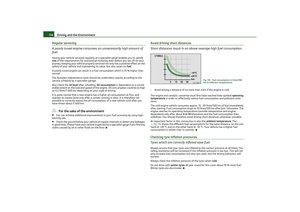 115
115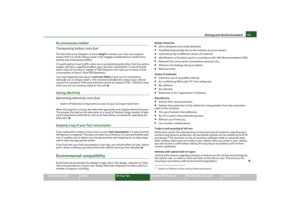 116
116 117
117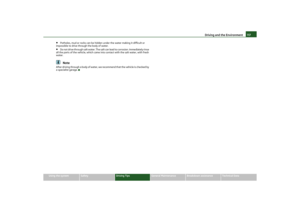 118
118 119
119 120
120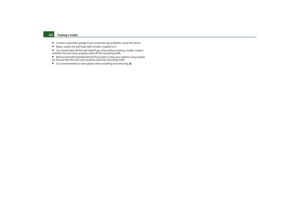 121
121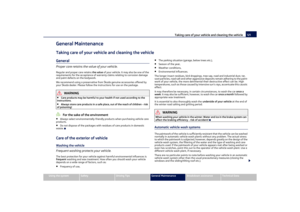 122
122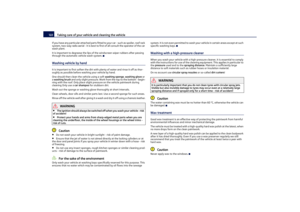 123
123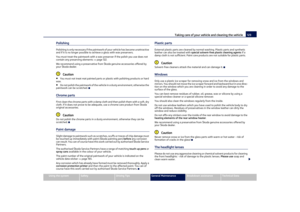 124
124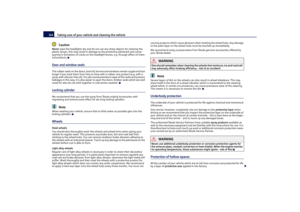 125
125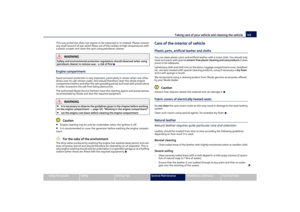 126
126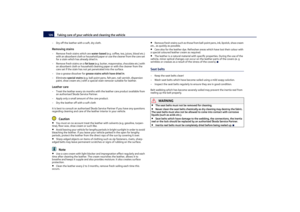 127
127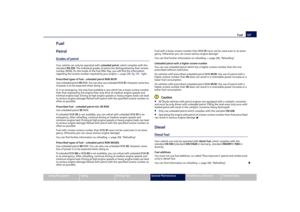 128
128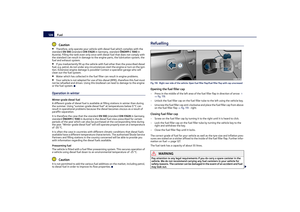 129
129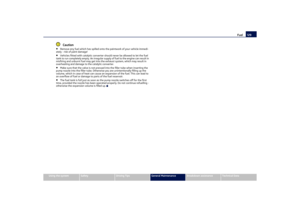 130
130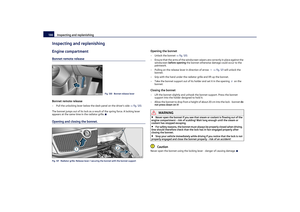 131
131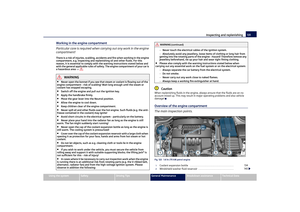 132
132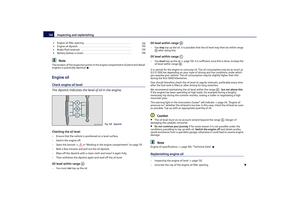 133
133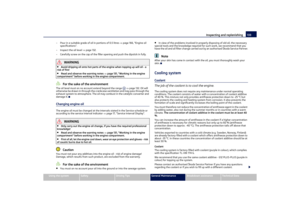 134
134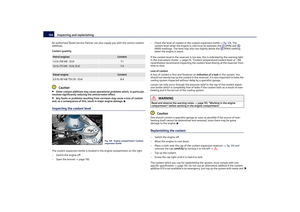 135
135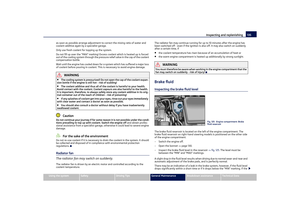 136
136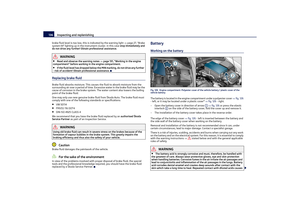 137
137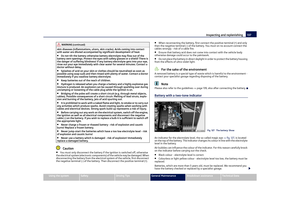 138
138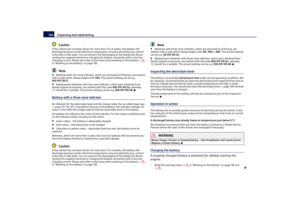 139
139 140
140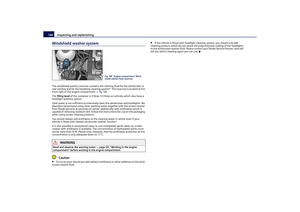 141
141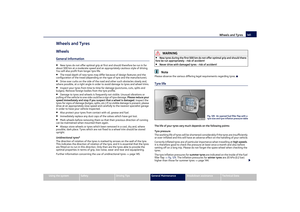 142
142 143
143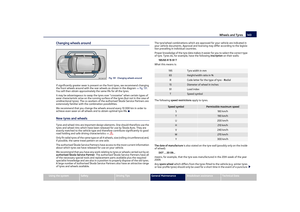 144
144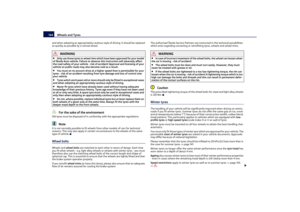 145
145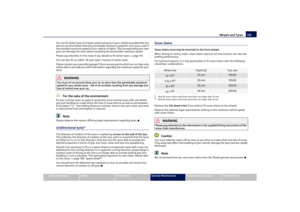 146
146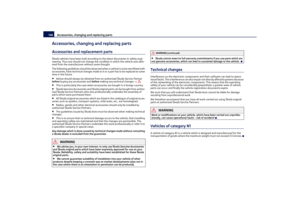 147
147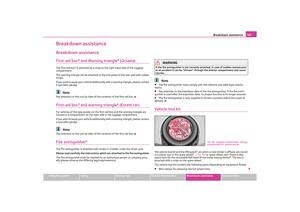 148
148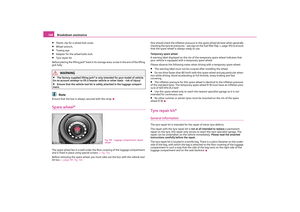 149
149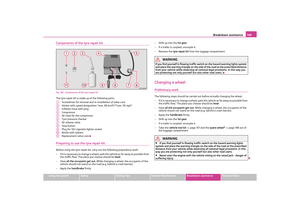 150
150 151
151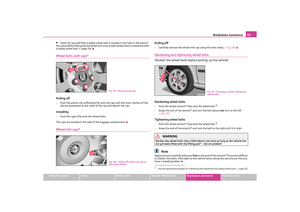 152
152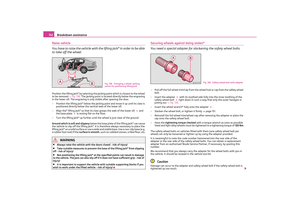 153
153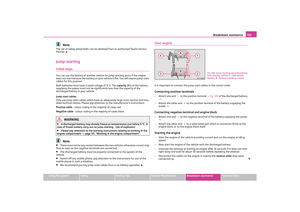 154
154 155
155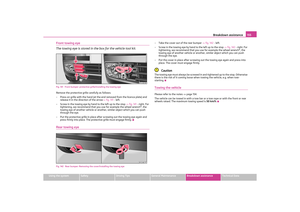 156
156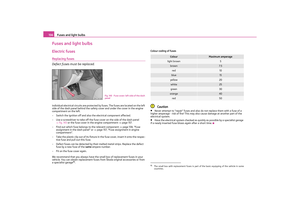 157
157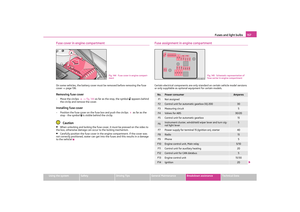 158
158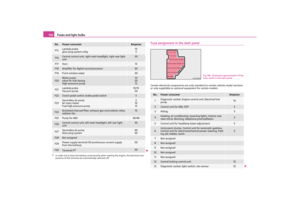 159
159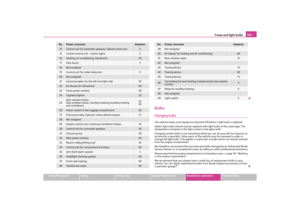 160
160 161
161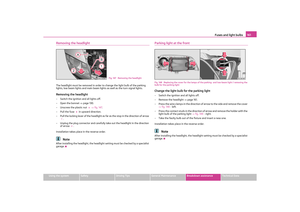 162
162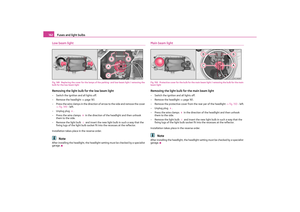 163
163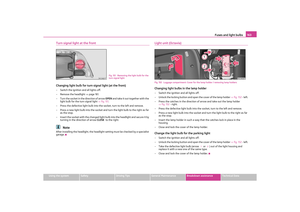 164
164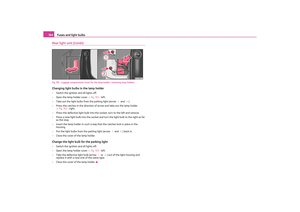 165
165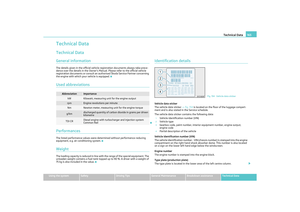 166
166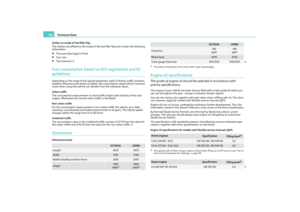 167
167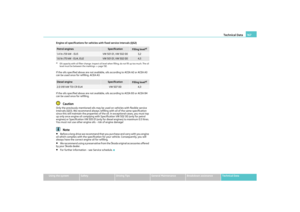 168
168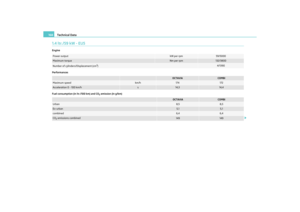 169
169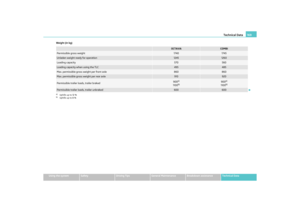 170
170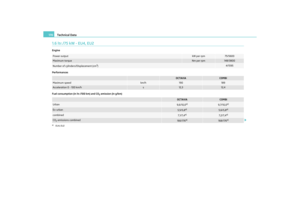 171
171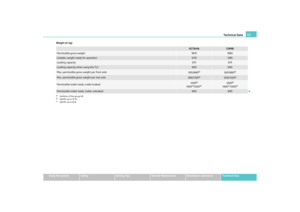 172
172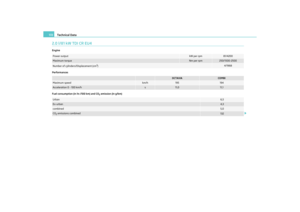 173
173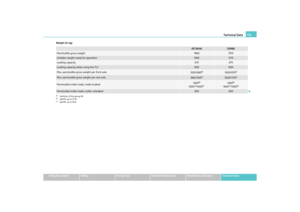 174
174 175
175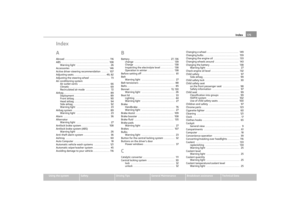 176
176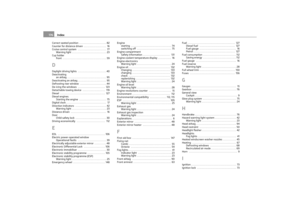 177
177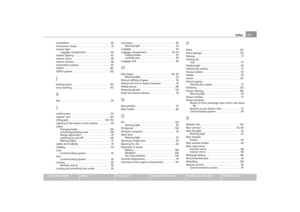 178
178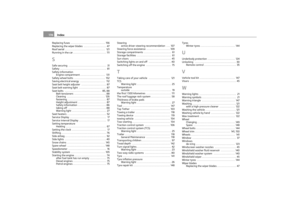 179
179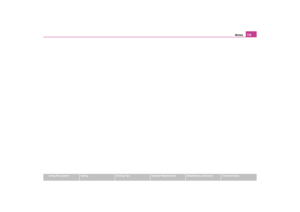 180
180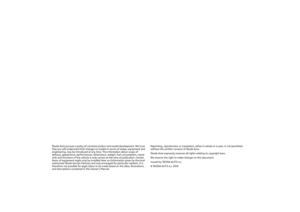 181
181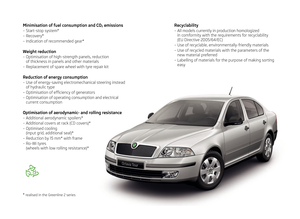 182
182






